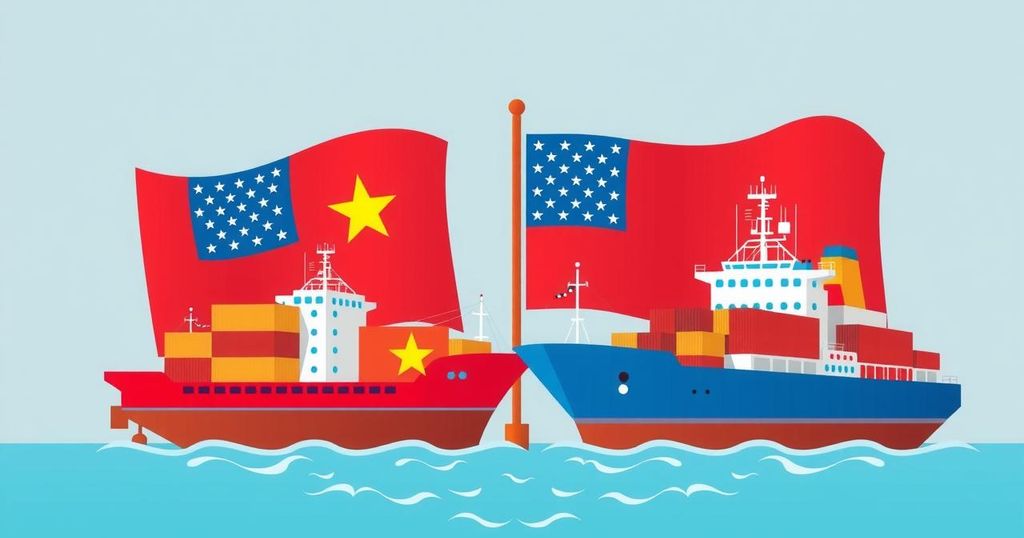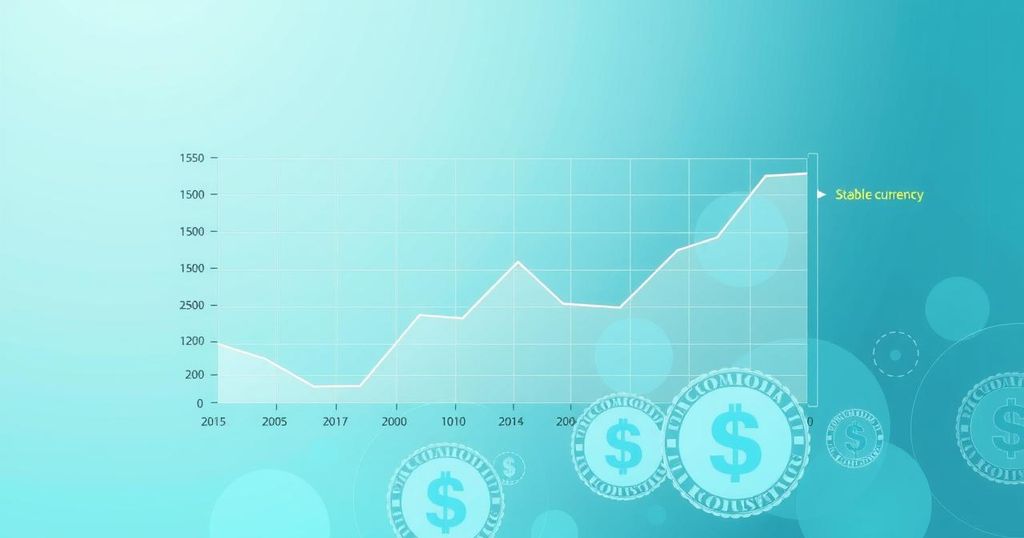economics
ASIA, CHINA, DONALD TRUMP, ECONOMICS, EUROPE, HANOI, INVESTMENTS, JOE BIDEN, LAM, MEXICO, NORTH AMERICA, PACIFIC, TÔ LÂM, TRADE, TRANS - PACIFIC PARTNERSHIP, TRUMP, U. S, UNITED KINGDOM, UNITED STATES, UNITED STATES OF AMERICA, US-CHINA RELATIONS, VIET NAM, VIETNAM
Isaac Bennett
0 Comments
Trump’s Trade Deal With Vietnam and Its Implications
- Trump announces a trade deal with Vietnam as part of his tariff strategy.
- The arrangement calls for a 20% tariff on goods shipped to the U.S. from Vietnam.
- Transshipping practices raise concerns regarding Chinese goods entering the U.S. market.
- Vietnam might face a possible delay in the previously set July 9 deadline.
- The deal includes promises for increased imports of U.S. agricultural goods by Vietnam.
Trump’s Trade Deal With Vietnam Sparks Discussion
In recent developments, President Donald Trump has made headlines with his new trade agreement involving Vietnam. This announcement comes just days before his self-imposed deadline of July 9 for securing 90 trade deals. Currently, the president has indicated three possible frameworks for future agreements with the United Kingdom, China, and notably, Vietnam. Trump’s assertion on social media stated, “Vietnam will pay the United States a 20% Tariff on any and all goods sent into our Territory, and a 40% Tariff on any Transshipping.” Such declarations have garnered significant attention, as they signal a shift in trade dynamics with the Southeast Asian nation.
Understanding Tariffs and Economic Implications
The affirmation from Vietnamese General Secretary Tô Lâm coincided with Trump’s remarks, confirming the arrangement while noting the challenges that remain in the trade relationship. According to Tô’s office, Trump pledged that the U.S. would significantly reduce reciprocal tariffs on many imports from Vietnam and emphasized the need to address lingering trade issues that are priorities for both nations. However, it is crucial to remember that tariffs, like those proposed by Trump, represent costs primarily borne by American importers and, ultimately, consumers. Tariffs, it seems, are not the magic wand they might appear to be. While the U.S. aims to bolster its trade position, many Americans purchasing goods from Vietnam may soon discover the reality of increased costs.
The Complexity of Trade and Transshipping
Another critical element in this arrangement is the concept of “transshipping,” a term used to describe the practice of Chinese manufacturers circumventing U.S. tariffs by routing their products through Vietnam. This strategy has become a thorn in the side for American officials since the imposition of numerous tariffs on Chinese goods during Trump’s term and continuing through the Biden administration. A study highlighted earlier this year revealed that as of 2021, 16.5% of Vietnamese exports to the United States were derived from such transshipping practices. This raises pressing questions: how will the new tariff rates be applied when Vietnamese products contain Chinese components? Will the two nations agree upon a specific value threshold that triggers a higher tariff? It’s a complicated and murky situation, to say the least.
Trade Dynamics in a Changing Environment
Trump’s trade strategy has not been without its retreats, as evidenced by several changes to original plans and timelines. Initially, a deadline put forth for July 9 may have faced delays, with Treasury Secretary Scott Bessent recently suggesting negotiations could extend through to Labor Day. Additionally, Trump has acknowledged that any agreement could exist as a broadly defined “framework” rather than a fully fleshed-out trade deal. Since announcing significant tariffs in April, the financial markets were shaken, leading to a backtrack on some positions. Nevertheless, Trump has maintained some level of tariffs across various sectors, including steel, aluminum, and automobiles, prompting ongoing debates about U.S. economic health and stability within international trade.
In summary, Trump’s recent trade deal with Vietnam is reflective of broader strategic concerns that intertwine both economic interests and geopolitical tensions, particularly with China. The upcoming impacts of the arrangement remain uncertain, but it certainly highlights key challenges associated with tariffs and transshipping practices. As trade negotiations evolve, observers will closely monitor how these developments affect not only the U.S.-Vietnam trade relationship but also the broader dynamics of global commerce.




Post Comment